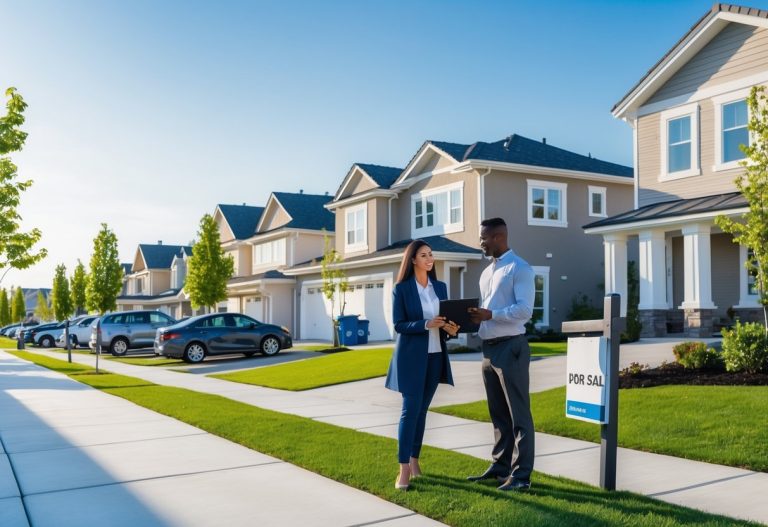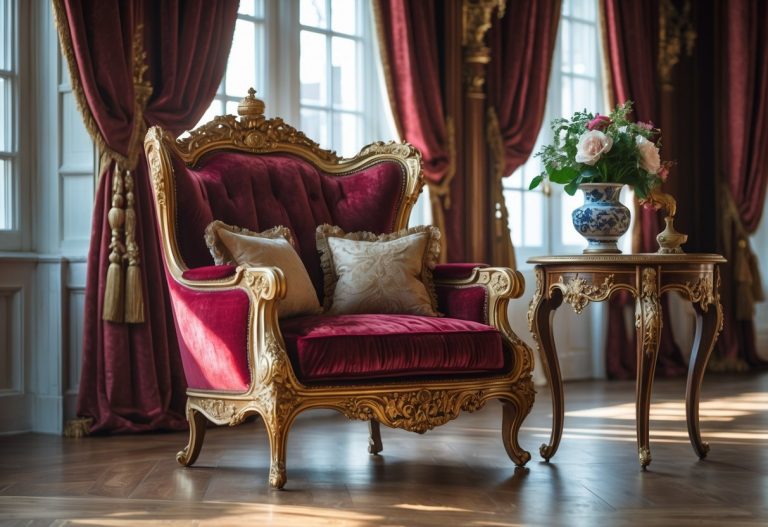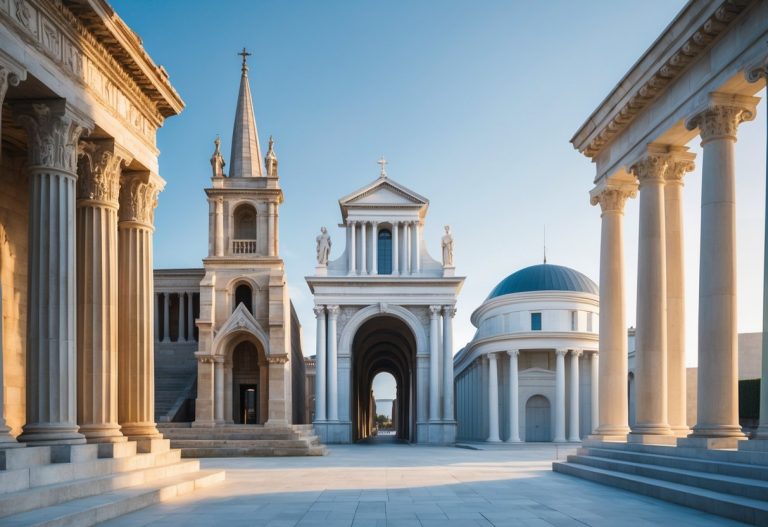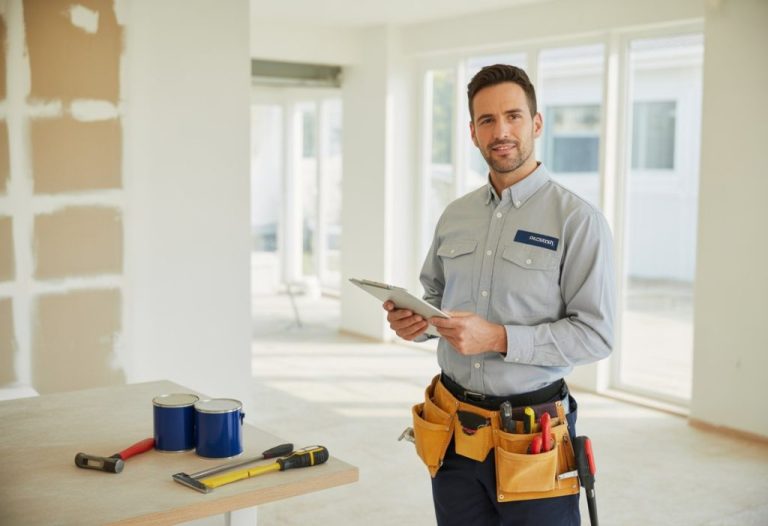Simple Rooftop Design Philippines for Cozy and Stylish Outdoor Spaces
If you want a simple rooftop design in the Philippines, focus on creating a space that fits your needs without making it too complicated. A basic rooftop can be designed with easy materials and simple layouts to give you a relaxing outdoor area, a small garden, or extra living space. This makes your home feel bigger and more useful without needing a lot of work or money.

You can use wood or metal for a lightweight structure, add some plants for a green touch, and keep the design open for airflow. Many people choose to turn their rooftops into cozy corners where they can enjoy fresh air or even grow small plants. With some smart planning, your rooftop can become one of the best parts of your home.
Key Elements of Simple Rooftop Design in the Philippines

When designing your rooftop, focus on materials that can handle tropical weather, ways to use your space well, and ways to keep your area cool and comfortable. These key points will help you make a practical and pleasant rooftop space.
Material Choices for Philippine Weather
You need materials that resist heat, rain, and humidity. Concrete and metal are popular for strong rooftops. Concrete tiles are durable and reflect heat well. Metal roofing, like galvanized iron, is lightweight and dries quickly after rain, which is good during the rainy season.
Ceramic tiles add style and keep your rooftop cooler. Avoid materials that absorb heat, like dark shingles, as they make your rooftop hot. Using waterproof coatings can protect your rooftop from heavy rain. Also, materials should be easy to maintain because of the humid climate.
Space Optimization Strategies
Since space is often limited, use smart ideas to make your rooftop useful. You can divide your area into zones like a small garden, seating area, or storage. Multi-functional furniture saves space, like benches with storage inside.
Use vertical space for plants or decorations to keep the floor clear. Consider foldable tables or chairs that you can move or store when not in use. If you have half a rooftop, you can still make a small event space or relaxation corner. Clear paths help make the space feel bigger and easier to move around.
Ventilation and Shade Solutions
Good airflow is key to keeping your rooftop cool. Open designs with fewer walls or big windows let wind flow through. You can add vents or lattice panels to increase air movement without blocking shade.
Shade protects you from the hot sun and rain. Use light-colored pergolas, awnings, or retractable canopies. Plants like climbing vines add natural shade and cool the air. Avoid heavy concrete covers as they trap heat. Instead, use materials that block sun but allow breeze, so your rooftop stays fresh and comfortable.
Inspiring Simple Rooftop Ideas for Filipino Homes

You can create a rooftop space that fits your lifestyle and feels welcoming. Focus on designs that keep things easy to manage but still look nice. Think about how you want to use the space, whether for relaxing, eating, or just enjoying some greenery.
Minimalist Roof Garden Concepts
A simple roof garden can bring fresh air and a touch of nature to your home. Choose easy-to-grow plants like succulents, herbs, or native flowers. You don’t need big pots; small containers or raised beds work well and save space.
Use light-colored stones or gravel to cover bare areas. This reduces dirt and makes cleaning easier. Keep pathways wide enough for walking safely, especially if children or elderly family members use the rooftop.
Adding a few wooden benches or foldable chairs gives you spots to sit without cluttering the space. Avoid heavy decorations and focus on clean lines and natural materials for a calm look.
Outdoor Dining and Lounge Areas
A roofdeck is perfect for casual meals or hanging out with friends and family. You can start with a simple table and chairs set made from weather-resistant materials like aluminum or treated wood.
Add a small shade, like a retractable canopy or an umbrella, to protect you from the sun. This keeps the area usable even during hot days.
Lighting is key for nighttime comfort. Use solar-powered string lights or lanterns to add warmth without hard wiring. Keep the setup flexible so you can rearrange furniture as needed.
Low-Maintenance Decorative Features
When designing your rooftop, choose features that need little care but still look good. Gravel, pebbles, or painted concrete floors are easy to clean and prevent slipping.
Add a few potted plants that only need water once or twice a week. Consider plants that repel mosquitoes, like citronella or lemongrass.
Use simple decorations like colorful cushions, lanterns, or wall art made from weatherproof materials. These add character but don’t require constant upkeep. Avoid complicated water features or fountains to keep maintenance low.




